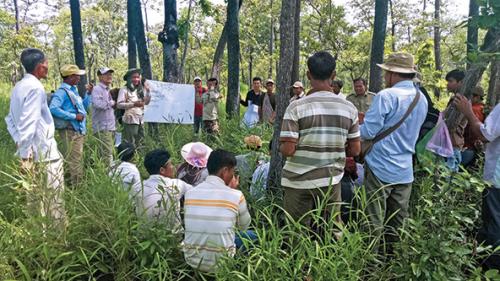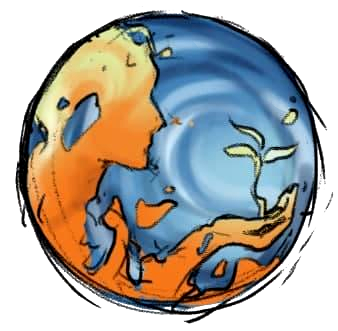Partnering to Save a Biodiversity Hotspot

Partnering to Save a Biodiversity Hotspot
Case study focusing on collaborative action at regional ecosystem level in southeast Asia. The case describes the Lower Mekong Partnership, a funder collaborative that attempts to combine the community strengthening and conservation work shared by a group of foundations that taps into local civic and citizen action focusing on a major biodiversity hotspot. The article illustrates many of the potential virtues of such alliances as well as the pitfalls of operating in complex systems of overlapping and sometimes conflicting societal, business, and government priorities
From the article: "Tordoff says that what set the collaborative apart from other outside funders of Southeast Asia conservation and development projects was its commitment to helping local organizations set the tone for their own objectives—taking a bottom-up approach instead of a top-down one, with the intention of letting local organizations lead. For local organizations, bottom-up grantmaking from collaborative members would expand resources and raise their profile when it came to getting their voices heard by governments regarding the affairs of their communities. These local organizations found their footing at the start of the new millennium, as governments started making room for civil society organizations to be part of the political process in the lower Mekong.
“What we’ve seen from the 2000s onwards is a greater localization of these efforts,” Tordoff says. “Partly that’s due to the change in policy, as governments have gradually allowed more political space for civil society organizations. At the same time, that is partly due to the support that groups like CEPF and other funders have made available for local entities to access funding to do environmental work.”"
By Kyle Coward, published in Stanford Social Innovation Review [paywall]
